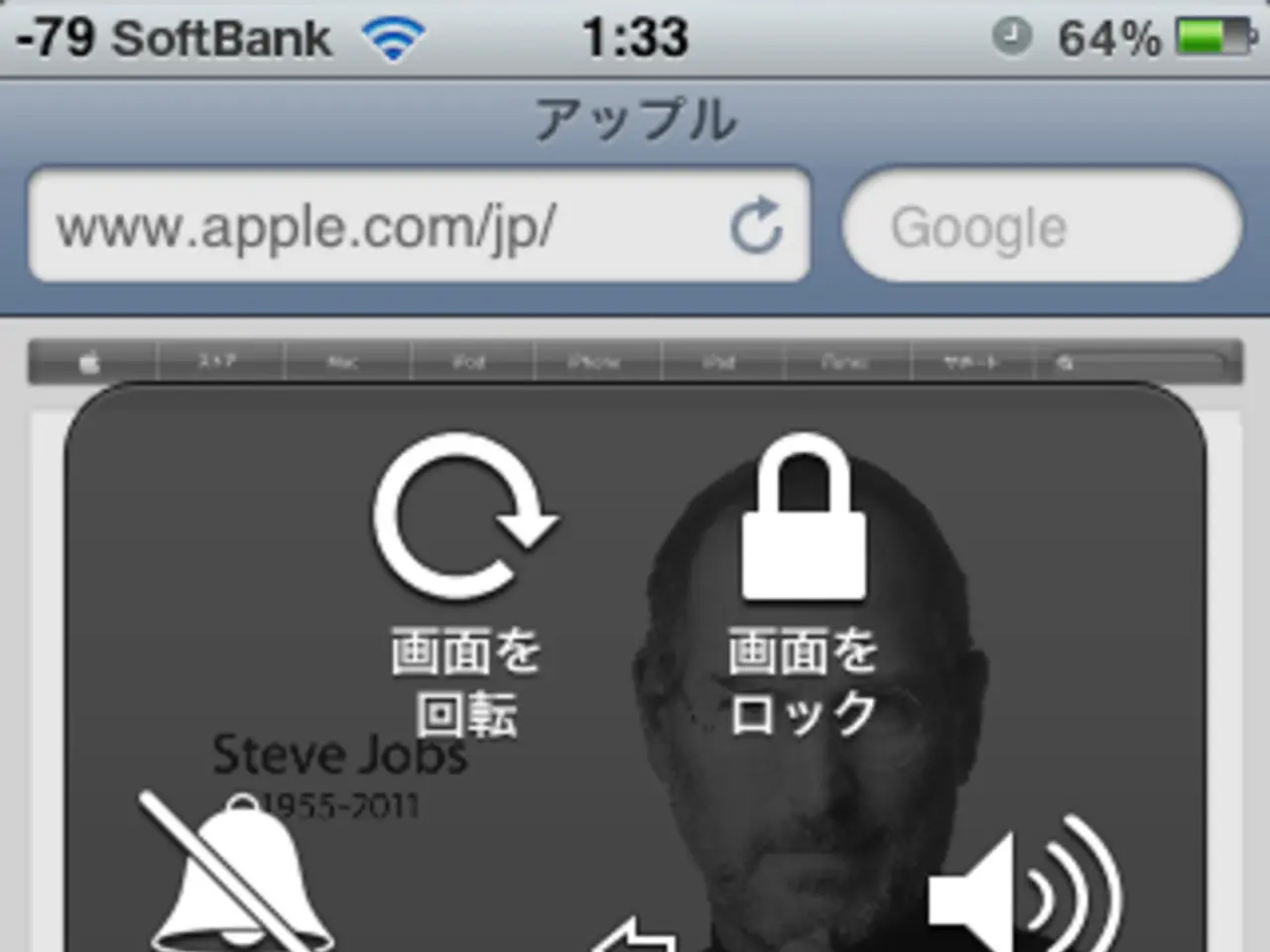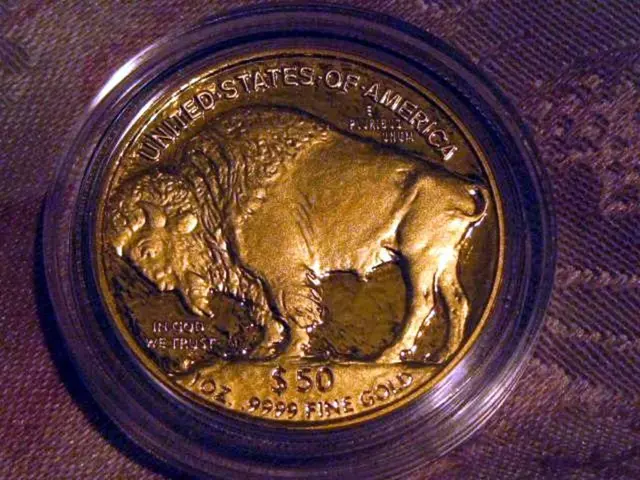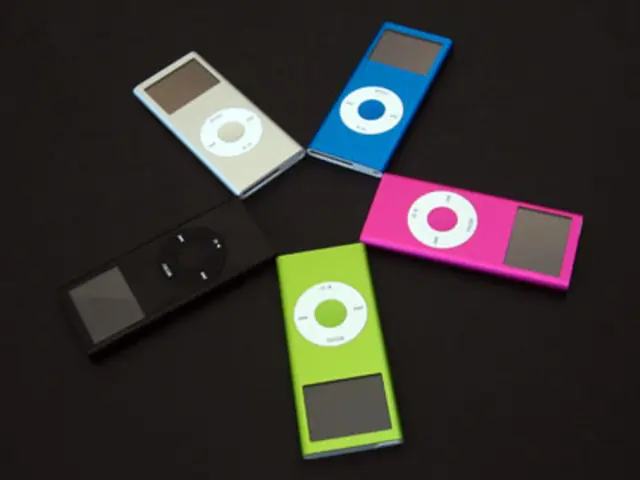Samsung inquires about users' preferences: Trade-off thinner phones for integrated Qi2 magnets?
As Samsung continues to push the boundaries of technology in their Galaxy phones, potential changes to the wireless charging system are on the horizon. The South Korean tech giant recently conducted a survey via their Members app, asking users about Qi2 wireless charging and its magnetic hardware on future Galaxy phones.
One of the survey's questions, number 38, asked if users would prefer to have Qi2 magnets built into the phone, even if it made the phone thicker by up to 0.5mm. Two options in the survey indicated that users wouldn't mind if the phone became slightly thicker, within 0.3mm or 0.5mm, for the inclusion of Qi2 magnets. Another option stated that users wouldn't want Qi2 magnets if it made the phone larger, while the final choice insists "magnets must be included," regardless of the increase.
If implemented, Samsung might integrate more precise and stronger magnets to improve alignment and efficiency in wireless charging. This would ensure that the phone positions itself perfectly on the charging pad, reducing charging time and improving overall user experience. The company could also introduce exclusive wireless charging technologies that are only available on their own branded charging pads or accessories, such as faster charging speeds or advanced foreign object detection to prevent overheating.
Another potential feature is multi-device charging, where Samsung's future phones could support simultaneous charging of multiple devices using a single charging pad. This could be achieved through advanced wireless charging technology that allows the phone to act as a power bank while it is being charged.
Samsung might also expand on their existing reverse wireless charging feature, improving the efficiency and compatibility of this feature. This would allow users to charge other devices (like smartwatches or earbuds) from their phone with ease. The company might explore integrating wireless charging with other technologies like power banks or smart home devices to enable seamless charging experiences across different devices and platforms.
To address concerns about overheating and longevity of wireless charging components, Samsung could invest in better heat management systems and more durable materials for their charging coils and magnets. The company might also work on standardizing their wireless charging technology to ensure compatibility across different devices and brands, involving collaborations with other companies to adopt Qi2 standards widely.
The Galaxy S25 series, currently on the market, offers wireless charging, thanks to Qi2, but only at 15W, and does not have the required magnets built-in. If the rumoured Galaxy S25 FE is released, it may not have built-in magnets and will likely have 15W wireless charging, similar to the Galaxy S25 series.
Phone deals for the Galaxy series can be found at Best Buy, Walmart, Samsung, Amazon, Verizon, and AT&T. While there is no confirmation on when or if Samsung will provide built-in magnets for its devices, including the Galaxy S26 series, these potential changes could significantly improve the user experience for Samsung's wireless charging capabilities in the future.
- If Samsung decides to integrate Qi2 magnets into their future Galaxy phones, users might appreciate a more precise and efficient wireless charging experience, as the magnets would ensure alignment on the charging pad and potentially reduce charging time.
- To cater to users who prefer to have advanced wireless charging technologies, Samsung could also introduce exclusive features like multi-device charging or improved reverse wireless charging, making their branded charging pads and accessories highly desirable.




